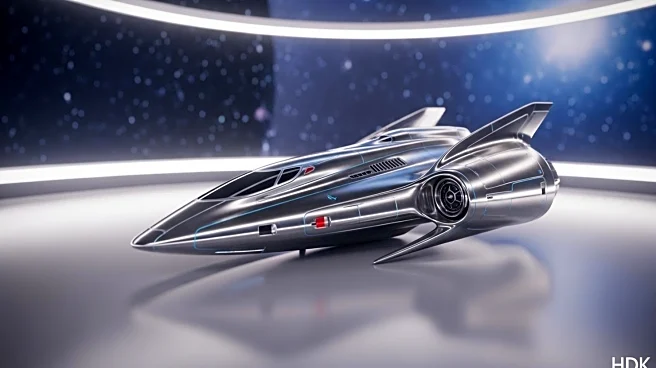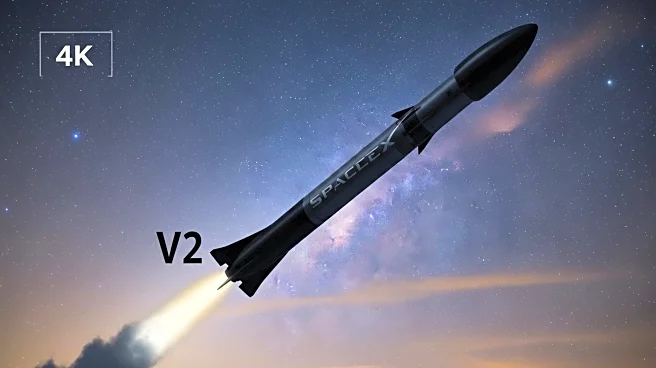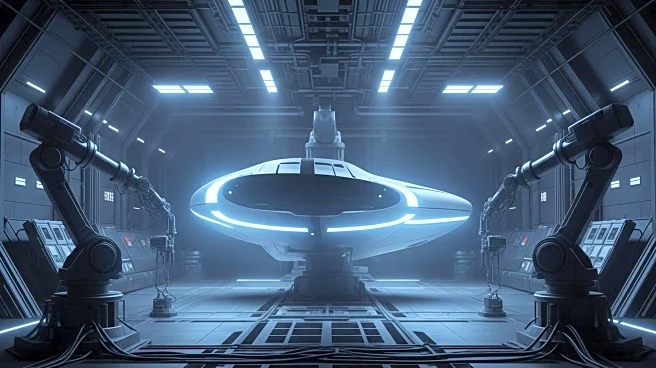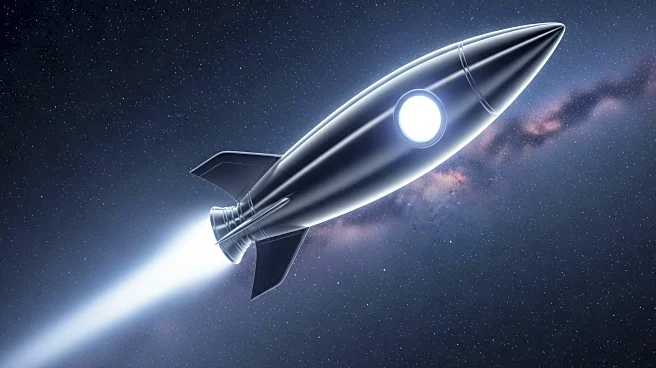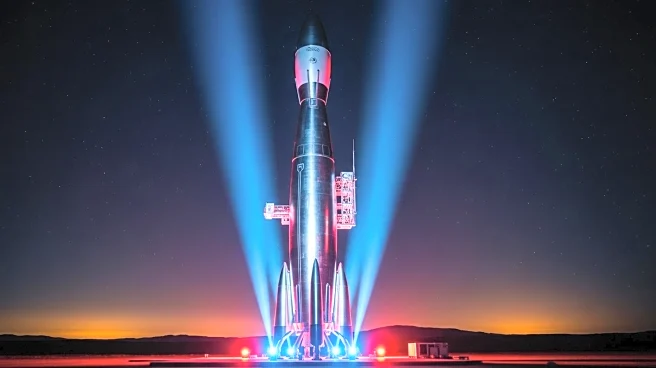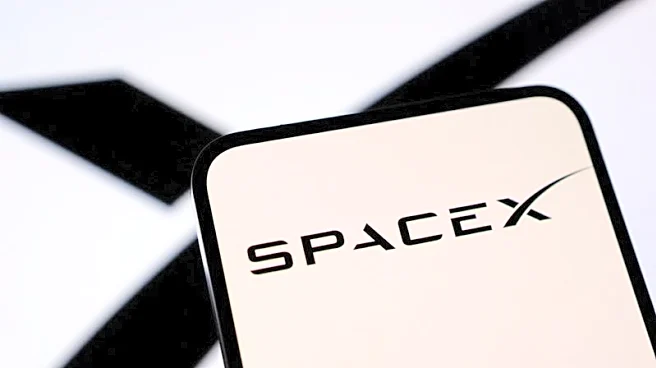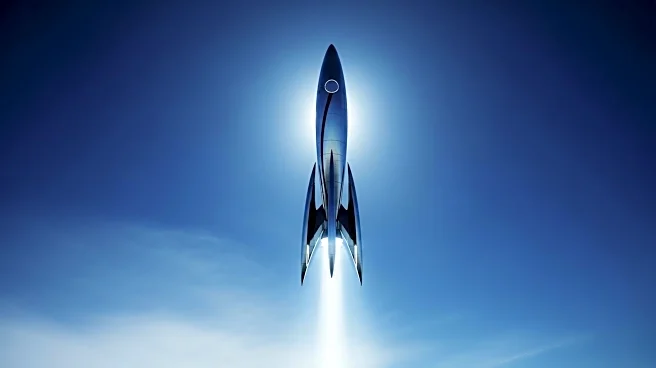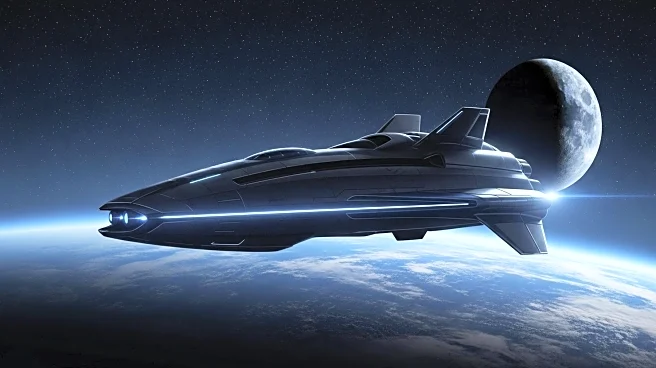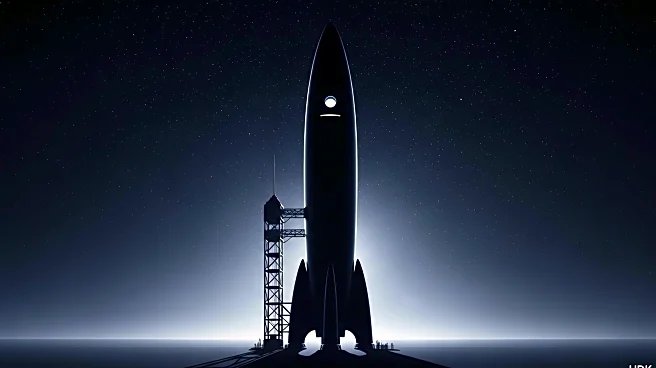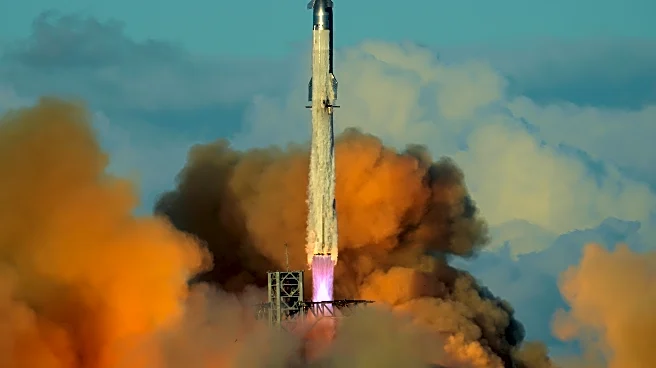What's Happening?
SpaceX has completed the final test flight of its Starship V2, marking the end of an era and paving the way for the next phase with Starship V3. The recent test flight achieved all key objectives, including deploying mock Starlink satellite simulators and experimenting with new landing-burn profiles. The transition to Starship V3 involves upgrades for in-orbit docking and propellant-transfer demonstrations, essential for missions to the Moon and Mars. SpaceX is also enhancing launch infrastructure at Starbase, Texas, and developing dual launch pads in Florida.
Why It's Important?
The transition to Starship V3 is crucial for SpaceX's long-term goals of interplanetary travel and supporting NASA's Artemis program. The advancements in Starship technology could significantly impact U.S. space capabilities, enabling more complex missions and potentially leading to human landings on Mars. The program's success could reinforce the U.S. leadership in space exploration and drive innovation in aerospace technology.
What's Next?
SpaceX is focusing on the development and testing of Starship V3, with plans to demonstrate orbital docking and propellant transfer capabilities. The company aims to conduct the first orbital flights and operational payload missions with the new prototype. Additionally, SpaceX is working on infrastructure upgrades at launch sites to support future missions.
Beyond the Headlines
The advancements in Starship technology could lead to broader applications, such as increased satellite deployment capabilities and potential commercial space travel. The ethical and environmental implications of expanded space activities may become more prominent as the program progresses.
